
Honors Houses
Honors Houses are intellectual and social communities that enable our students and faculty to forge stronger connections with each other. The houses offer events, activities and camaraderie. Houses compete for prizes awarded throughout the year and, as the finale, to win the annual House Trophy. This competition is tallied through the FORGE Your Story application, powered by Suitable. Honors House Liaisons are student leaders for each house who bring their house members together and run the friendly house competition.
Honors College Scholarly Fellows are faculty with extraordinary dedication to and skill in undergraduate mentorship. They are connected to each House and, similar to Faculty Fellows, Honors College Scholarly Fellows interact informally with first-year Honors College students living in University Residences outside the classroom. They also mentor undergraduates more formally in faculty-led research, scholarly, or creative projects. Students may engage in research with any Scholarly Fellow, regardless of which house they are in.
About The Houses
In a nod to the Honors College emblems of the forge and the torch, each house is named for a forgeable metal. Throughout human history, the forge has been a site of skill, artistry and creativity, where metals are made into innovations. Worked and shaped by the hands of the artisan, metal is crafted into objects of use and beauty. Strong yet malleable, metal is conductive, durable and lustrous. Your mind is your material. You are the artisan. Become whatever you can imagine.
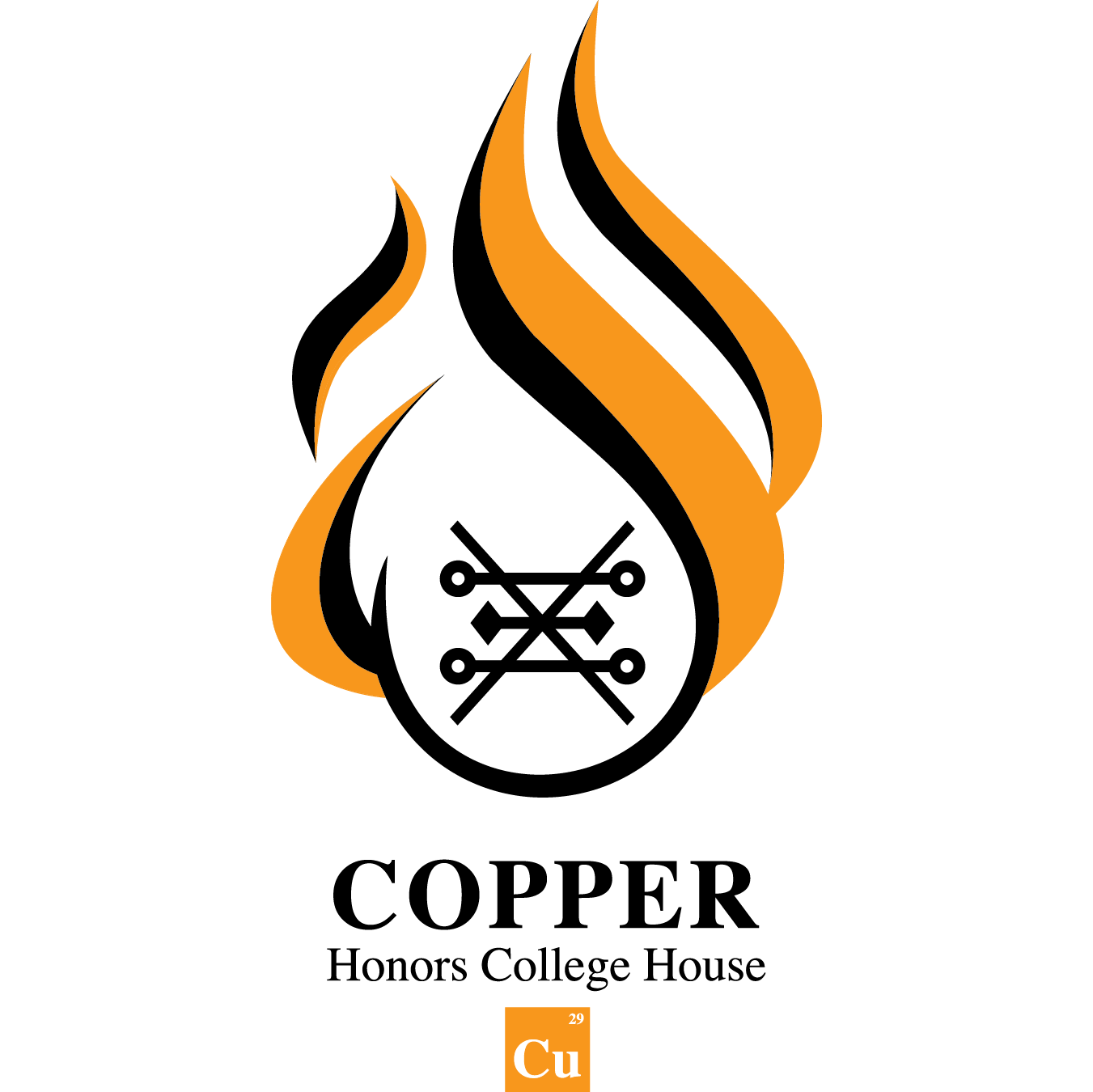
Copper House
Metal Fact: Copper was the first metal used by human. It has a unique reddish color and a high melting point (more than 1,900 degrees F)
Research: Digital Dynamics Project: Transform Supply Chain Management with Cutting-Edge Technology!

Dr. Olga Senicheva
orusyaev@purdue.edu
Research: Digital Dynamics Project: Transform Supply Chain Management with Cutting-Edge Technology!
Are you a student passionate about supply chain management, game development, or digital technology? You are invited to be part of an exciting research project that combines all these elements to create an innovative simulation game!
Project Title: "Digital Dynamics: Simulation Game for Analyzing Digital Technology's Impact on Supply Chain Ordering Decisions"
What you'll do:
Design a Simulation Game: Collaborate with peers to create a digital game that models real-world supply chain dynamics.
Incorporate Digital Tools: Learn about digital technologies and their application in supply chain management.
Analyze Decision-Making: Collect and analyze data to see how digital innovations change the way supply chains operate.
Develop Educational Resources: Help create materials that will educate future students and professionals about modern supply chain management.
If this project isn't of interest to you, but you are curious about supply chain management, humanitarian logistics, project management, service operations, or transportation, I would be happy to help you find a topic for your undergraduate research project.

Indium House
Metal Fact: Indium is named after the Latin word "indicum," meaning "indigo," because of the bright indigo line in its atomic spectrum. This metal is also notable for its use in creating indium tin oxide (ITO), which is a transparent conductor commonly used in electronics!
Research: This research is focused on stellar evolution and stellar abundances, particularly relating to old stars similar in mass to our Sun.
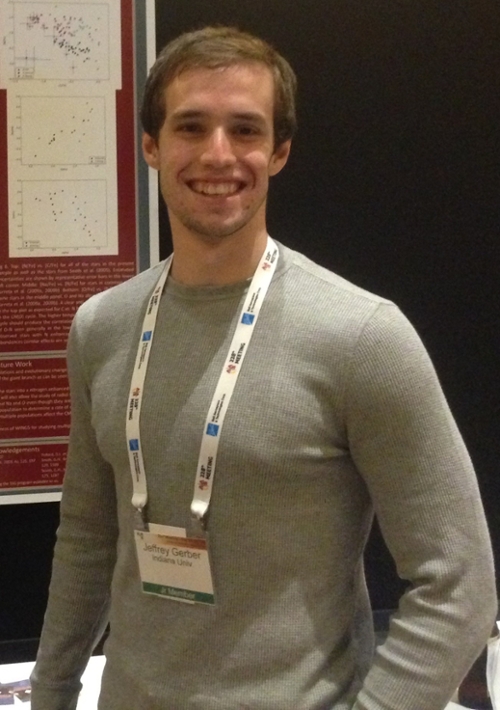
Dr. Jeffrey Gerber
gerber48@purdue.edu
Research: This research is focused on stellar evolution and stellar abundances, particularly relating to old stars similar in mass to our Sun. I study these stars using observations made with a spectrograph, which is an instrument mounted to a telescope that works like a prism to disperse the light of the star based on its wavelength and create a stellar spectrum. We then analyze the patterns we see in the spectra through modeling done on a computer to determine the abundances present in the stars’ atmospheres.
There are various projects ready for you as an undergraduate to start working on immediately (with data already collected) as well as plans for future projects involving conducting observations with the help of student researchers. Some of the projects with data already collected include determining heavy element abundances (Sr, Eu, Ba, etc.) in old, evolved stars in a stellar cluster and measuring how C and N changes in evolved stars in a different cluster. I’m also open to working on any project an undergraduate may have in mind that is related to the field of stellar spectroscopy or that uses any of the widely available public data from recent astronomical surveys such as Gaia. Addressing Food Insecurity in Tippecanoe County. Recently, a JMHC student presented at conference on the research they conducted with me. We’re ready for more student researchers.
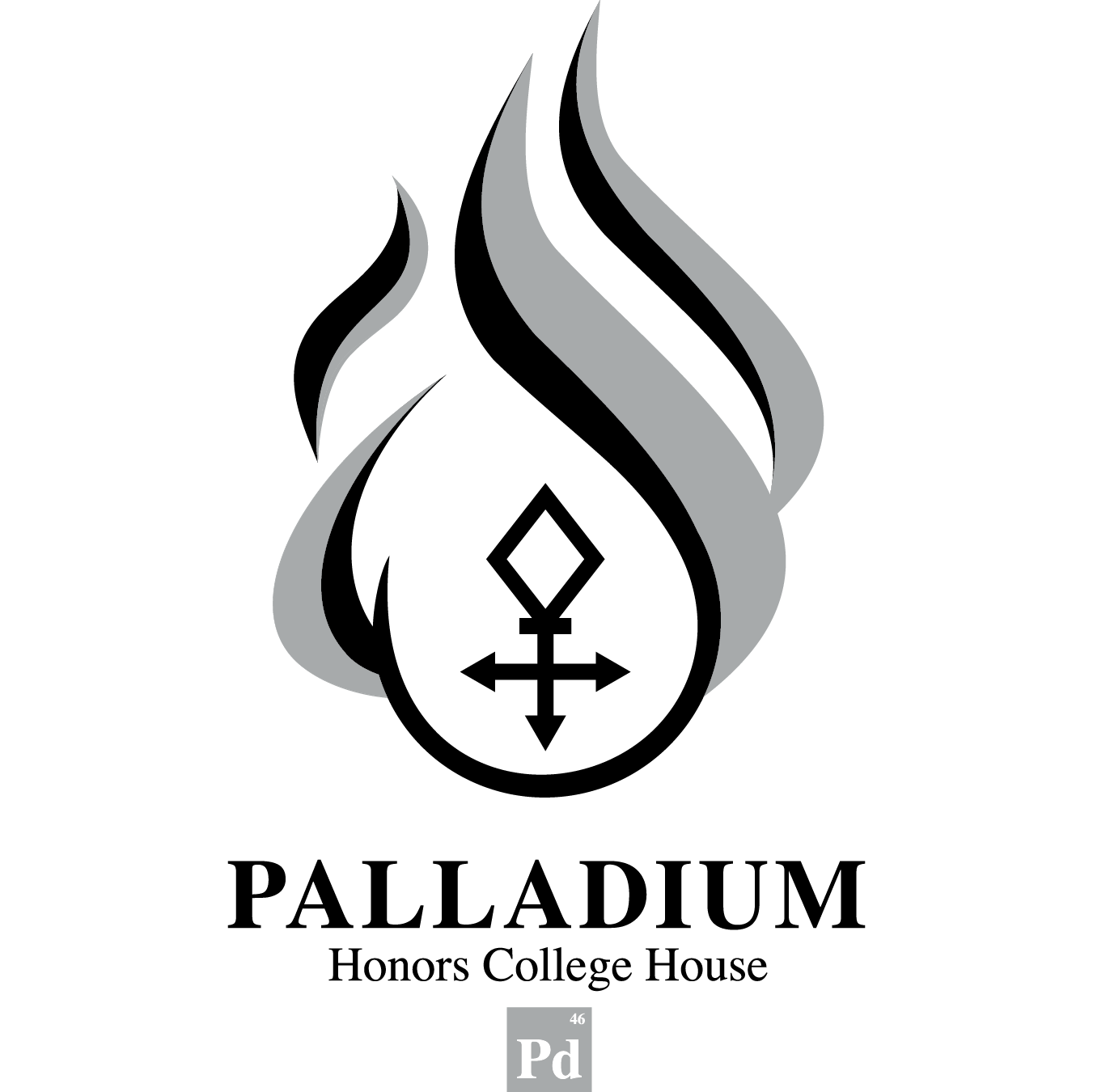
Palladium House
Metal Fact: Palladium is a silver-white, noble metal and is named for the asteroid Pallas, which was itself named after the mythological giant slain by pallas athena, the Greek goddess of wisdom.
Research: In partnership with Food Finders Food Bank, this research team focuses on learning more about how people think about and understand food insecurity and the resources and programs that exist to help solve the problem.
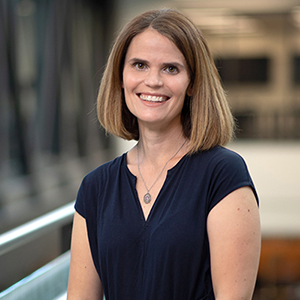
Dr. Jennifer Hall
jgibb@purdue.edu
Research: In partnership with Food Finders Food Bank, this research team focuses on learning more about how people think about and understand food insecurity and the resources and programs that exist to help solve the problem. We look at the issue from multiple angles and try to better understand how people utilize existing resources in order to help design better resources and messages that enable people to get the most benefit out of those services. In addition to conducting surveys, observations, and focus groups, team members will spend time volunteering for Food Finders. Students from all majors who have an interest in community health, assessment, food insecurity, message design, and community service are welcome.
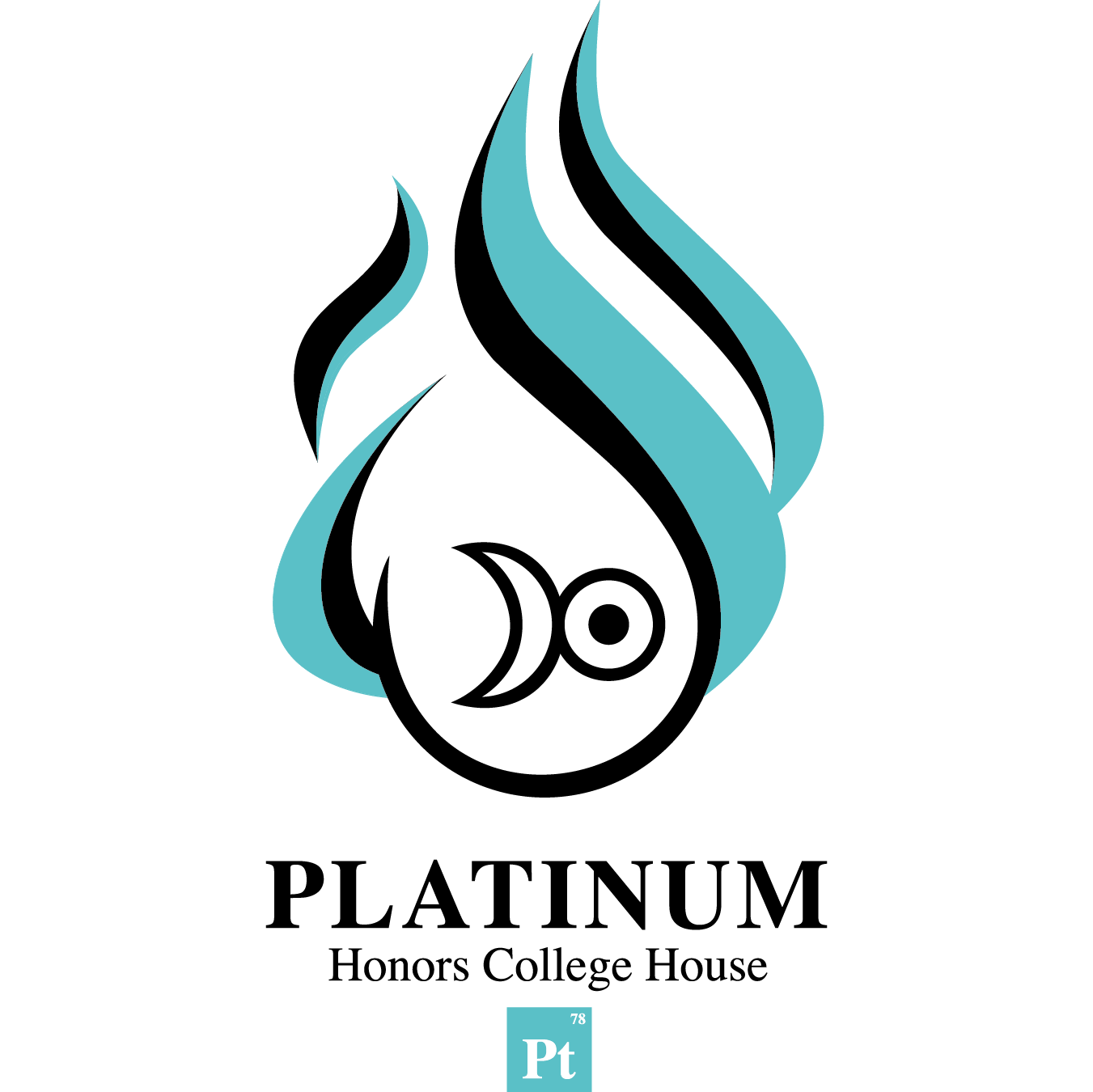
Platinum House
Metal Fact: A rare metal, platinum is highly malleable and ductile. Its extraordinary resistance to corrosion makes it one of the noble metals.
Research: Does how we teach ethics matter and can we teach it more effectively? Join Professor Cara Putman and her team as they analyze student quantitative data to determine what is working.
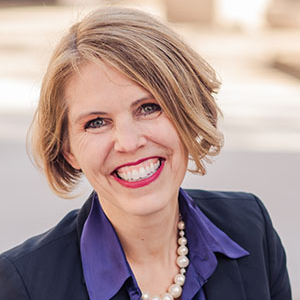
Dr. Cara Putnam
cputman@purdue.edu
Research: Does how we teach ethics matter and can we teach it more effectively? Join Professor Cara Putman and her team as they analyze student quantitative data to determine what is working. You may also be part of the first team to start assessing qualitative data. This is part of a longitudinal study that is launching based on earlier smaller studies.
Students will have the opportunity to work with Professor Cara Putman and Dr. Kelly Blanchard to analyze a dataset that has been created over four years related to undergraduate students and their impressions of ethics and education. Some examples of the potential layers of analysis include comparing results across colleges, between student populations like academic year, home residence, age, and gender. We’ve analyzed much of the data related to the School of Management but have a wealth of opportunities to dig deeper and welcome you to our research group.
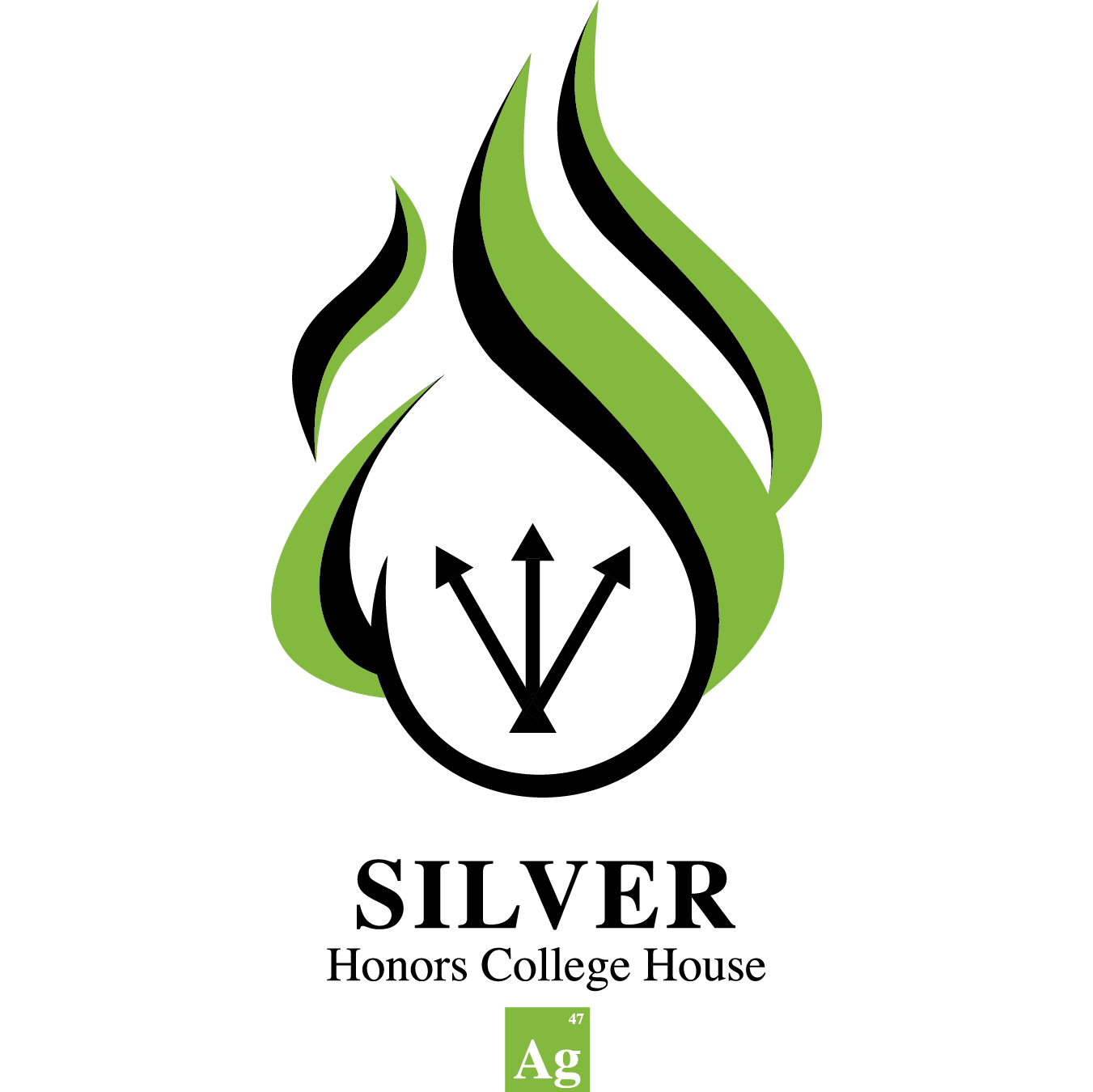
Silver House
Metal Fact: Researchers have found that coating underwater microphones, known as hydrophones, with a thin layer of silver nanoparticles can enhance their sensitivity to low-frequency sounds, which is important for studying marine biodiversity.
Research: Community-based approaches are integral to conservation at a local level through programs such as wildlife ambassadors, community celebrations, interactive displays, and field ecology work days.

Dr. Kristen Bellisario
kbellisa@purdue.edu
Research:
Community-based approaches are integral to conservation at a local level through programs such as wildlife ambassadors, community celebrations, interactive displays, and field ecology work days. We also use sonic biodiversity in ecological-based research to help understand impacts of noise and climate change on natural habitats, agroecological systems, and wildlife dispersal.
Join our mission to “reverse the red.” Your tasks are simple — bring passion, enthusiasm, and your skills to this interdisciplinary team. In one day, you can save a tree. In four months, you can discover the diversity of life in Indiana and help inform policy. In one year, the Silver House will build an Earth Day Celebration that brings community and university scholars together to engage and learn how to protect and enjoy our marvelous planet Earth.

Titanium House
Metal Fact: Titanium has the highest strenth-to-densty ratio of any metal.
Research: The objective of this research project is to utilize photovoice as a tool for engaging participants in documenting and sharing their experiences related issues, as decided upon by the JMHC student researchers (a.k.a. You!).
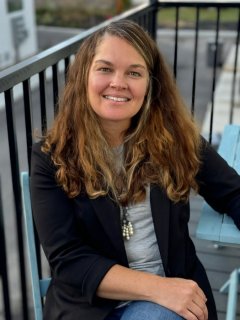
Dr. Lisa Bosman
lbosman@purdue.edu
Research:
The objective of this research project is to utilize photovoice as a tool for engaging participants in documenting and sharing their experiences related issues, as decided upon by the JMHC student researchers (a.k.a. You!).
Photovoice is a participatory research method that combines pictures (e.g., photos) with narrative (e.g., voice) to empower people to articulate their lived experiences. It offers a unique platform for individuals to visually express their perspectives, concerns, and aspirations. By leveraging your perspectives, we can harness the power of photovoice to explore topics through the eyes of those directly affected by it. By giving voice to you (as a participant), this project aims to foster social change, promote community empowerment, and contribute to academic scholarship.
No previous research experience is required, but JMHC student researchers need to be committed, work independently and in a team, and be outcomes oriented. At a minimum, findings are planned to be disseminated through the Purdue University Undergraduate Research Symposium (poster), Journal of Purdue Undergraduate Research (article or Snapshot), American Society of Engineering Education (conference proceeding), and as a journal article.
2024 House Leaderboard
Want to know which house has the most Suitable points? Check out the FORGE Your Story House Scoreboard!
View Current LeaderboardTrophy History
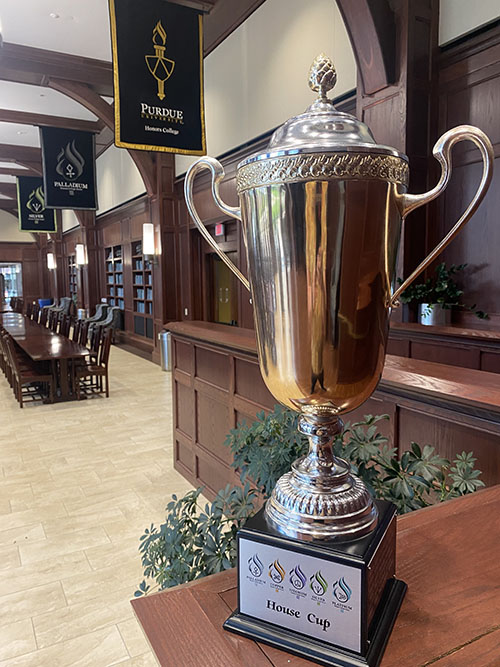
- 2023-2024: Palladium
- 2022-2023: Palladium
- 2021-2022: Copper
- 2020-2021: Titanium
- 2019-2020: Silver
- 2018-2019: Platinum
- 2017-2018: Copper
